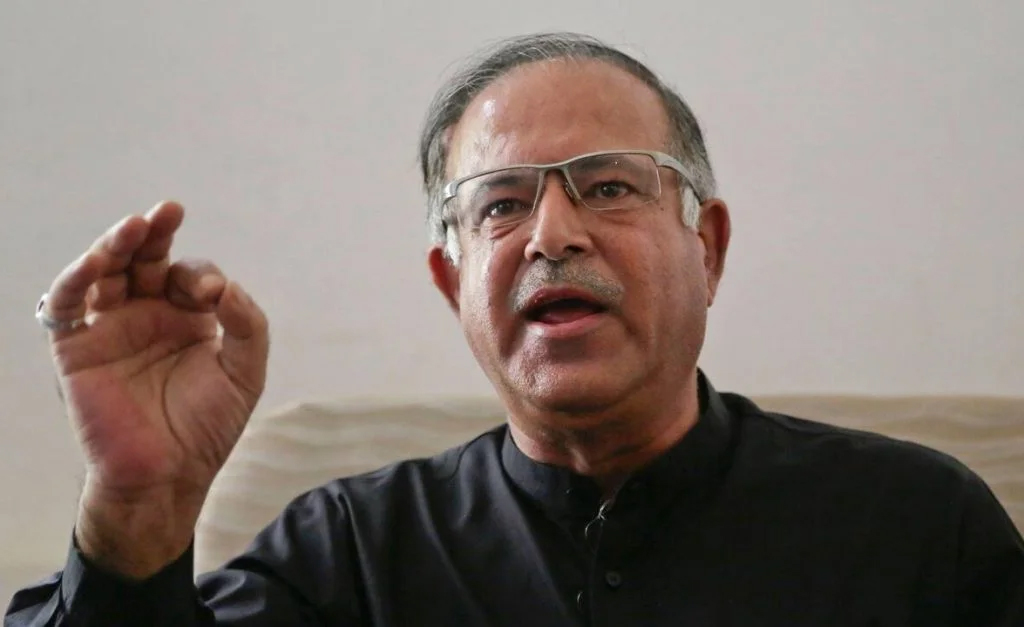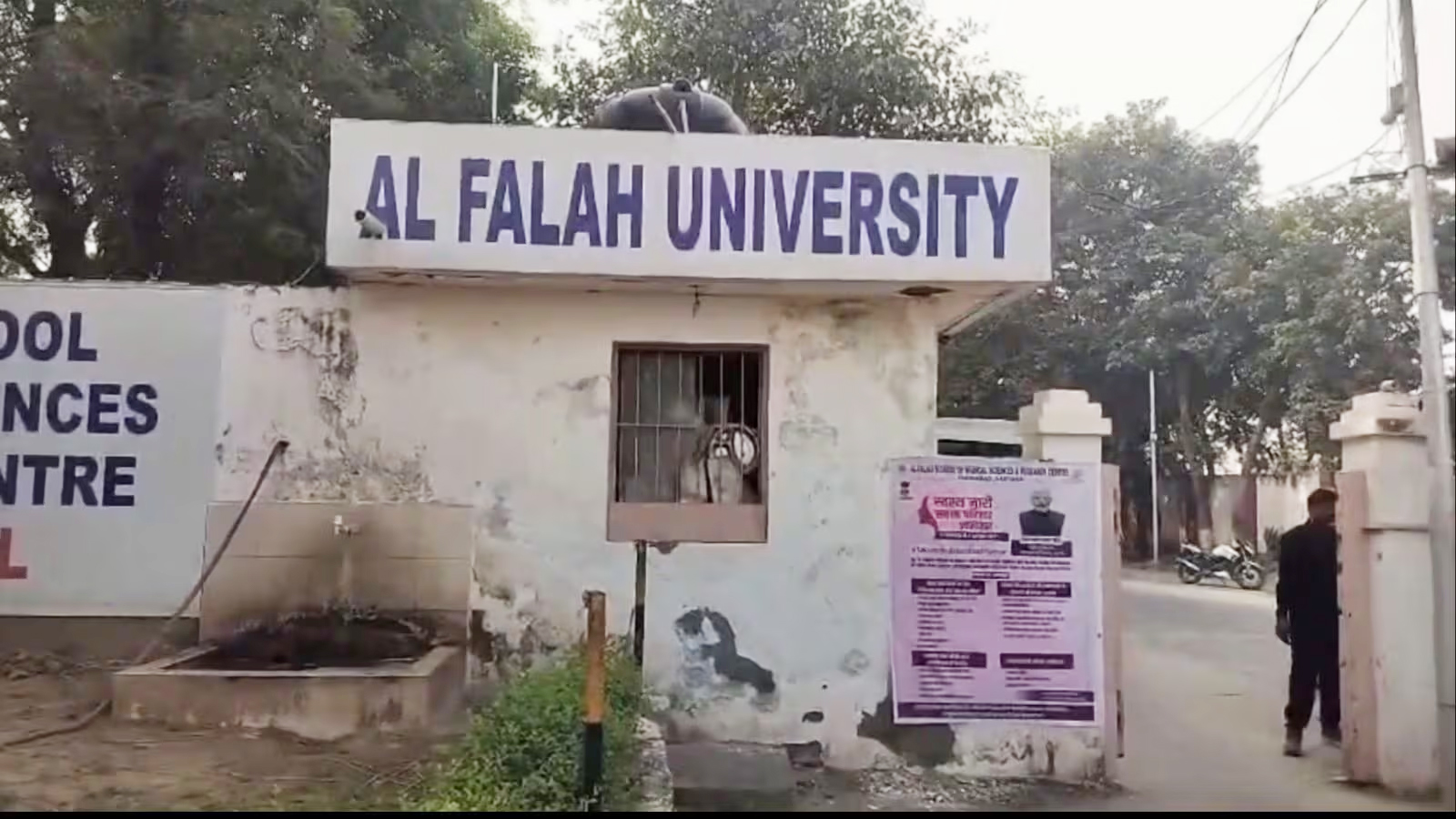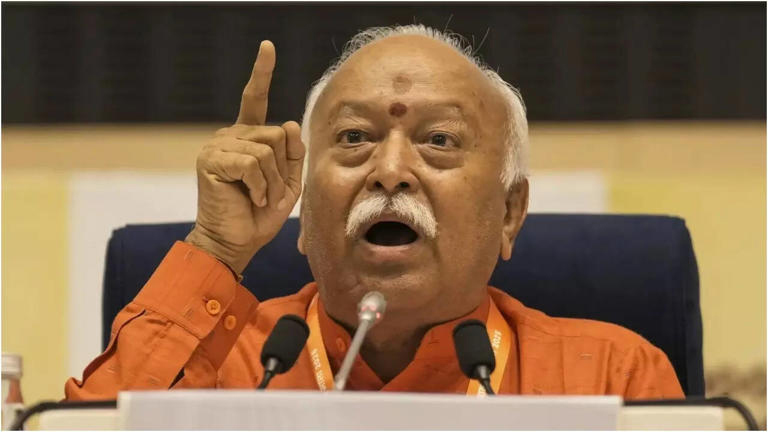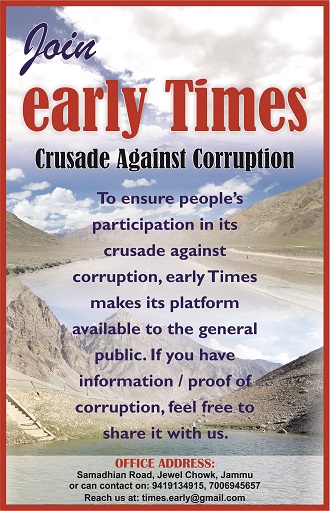TOP STORY OF THE DAY |
|
|
| By shaping minds, we can shape India’s future: LG Sinha | | Chairs 9th Executive Council meeting of Baba Ghulam Shah Badshah University | |  Early Times Report
Jammu, Jan 11: Lieutenant Governor Manoj Sinha chaired the 9th meeting of the Executive Council of Baba Ghulam Shah Badshah University (BGSBU) Rajouri, at Lok Bhavan today.
The meeting was attended by Prof. Jawaid Iqbal, Vice Chancellor, BGSBU; Prof. Umesh Rai, Vice Chancellor Jammu University; Prof. Nilofer Khan, Vice-Chancellor, University of Kashmir; Dr. Mandeep K. Bhandari, Principal Secretary to Lieutenant Governor; Ram Niwas Sharma, Secretary, Higher Education Department; Abhishek Sharma, Deputy Commissioner Rajouri and Registrar, BGSBU; Prof. Bechan Lal, former Vice-Chancellor, Cluster University of Jammu; Prof. O P Mishra, Dean (Research) & Professor of Pedia... Early Times Report
Jammu, Jan 11: Lieutenant Governor Manoj Sinha chaired the 9th meeting of the Executive Council of Baba Ghulam Shah Badshah University (BGSBU) Rajouri, at Lok Bhavan today.
The meeting was attended by Prof. Jawaid Iqbal, Vice Chancellor, BGSBU; Prof. Umesh Rai, Vice Chancellor Jammu University; Prof. Nilofer Khan, Vice-Chancellor, University of Kashmir; Dr. Mandeep K. Bhandari, Principal Secretary to Lieutenant Governor; Ram Niwas Sharma, Secretary, Higher Education Department; Abhishek Sharma, Deputy Commissioner Rajouri and Registrar, BGSBU; Prof. Bechan Lal, former Vice-Chancellor, Cluster University of Jammu; Prof. O P Mishra, Dean (Research) & Professor of Pedia... | |
|
|
 |
|
FRONT PAGE STORIES |
|
|
| With infighting on, Cong high command gives space to anti-Karra faction | | |  Sanjay Pandita
Early Times Report
Jammu, Jan 11: Amid continuing factionalism within the Jammu and Kashmir unit of the Congress, the party high command has adopted a balancing approach by giving visible space and importance to both rival groups in an apparent bid to prevent further escalation of internal discord.
While the party leadership has allowed the Jammu and Kashmir Pradesh Congress Committee (JKPCC) president Tariq Hamid Karra to function without overt interference, it has simulta... Sanjay Pandita
Early Times Report
Jammu, Jan 11: Amid continuing factionalism within the Jammu and Kashmir unit of the Congress, the party high command has adopted a balancing approach by giving visible space and importance to both rival groups in an apparent bid to prevent further escalation of internal discord.
While the party leadership has allowed the Jammu and Kashmir Pradesh Congress Committee (JKPCC) president Tariq Hamid Karra to function without overt interference, it has simulta... | |
| | | | Online honeytraps on rise in J&K, police issue alert | | |  Atul Sharma
Early Times Report
Jammu, Jan 11: With a sharp spike in sextortion cases sending shockwaves across the Union Territory, the Jammu and Kashmir Police have sounded a high alert, warning people against falling prey to cyber predators who are trapping victims through fake social media profiles and video calls and then blackmailing them for money.
In a strongly worded advisory issued through its official social media handles, the police said unsuspecting users are being targeted th... Atul Sharma
Early Times Report
Jammu, Jan 11: With a sharp spike in sextortion cases sending shockwaves across the Union Territory, the Jammu and Kashmir Police have sounded a high alert, warning people against falling prey to cyber predators who are trapping victims through fake social media profiles and video calls and then blackmailing them for money.
In a strongly worded advisory issued through its official social media handles, the police said unsuspecting users are being targeted th... | |
| | | | ED may attach Al Falah University campus under anti-money laundering law | | |  Early Times Report
New Delhi, Jan 11: The Al Falah University campus in Haryana’s Faridabad, which came under the scanner of investigating agencies after the Red Fort area blast, could be attached by the Enforcement Directorate under the anti-money laundering law, official sources said on Sunday.
The ED is investigating if funds for the construction of the varsity were sourced from alleged proceeds of crime, the sources said.
Al Falah Group chairman Jawad Ahmed Siddiqui was arrested by the... Early Times Report
New Delhi, Jan 11: The Al Falah University campus in Haryana’s Faridabad, which came under the scanner of investigating agencies after the Red Fort area blast, could be attached by the Enforcement Directorate under the anti-money laundering law, official sources said on Sunday.
The ED is investigating if funds for the construction of the varsity were sourced from alleged proceeds of crime, the sources said.
Al Falah Group chairman Jawad Ahmed Siddiqui was arrested by the... | |
| | | | RSS evolving with time: Bhagwat | | |  Early Times Report
NEW DELHI, Jan 11: The Rashtriya Swayamsevak Sangh (RSS) is not changing but “gradually evolving” and “simply unfolding” with time, Mohan Bhagwat said on Sunday.
The RSS chief was addressing an event organised at the organisation’s office here to launch the song album of the upcoming film Shatak, which chronicles the 100-year journey of the RSS.
Singer Sukhwinder Singh, director Ashish Mall, co-producer Ashish Tiwari, and RSS functionary Bhaiyaji Joshi were present ... Early Times Report
NEW DELHI, Jan 11: The Rashtriya Swayamsevak Sangh (RSS) is not changing but “gradually evolving” and “simply unfolding” with time, Mohan Bhagwat said on Sunday.
The RSS chief was addressing an event organised at the organisation’s office here to launch the song album of the upcoming film Shatak, which chronicles the 100-year journey of the RSS.
Singer Sukhwinder Singh, director Ashish Mall, co-producer Ashish Tiwari, and RSS functionary Bhaiyaji Joshi were present ... | |
| | |
|
|
|
| |
|
|
|
|
|
|
|
|
|
|
|
|
|
|
|
|
|
| |
|
Beware! |
|
We request our esteemed readers to
get in touch with us if someone
threatens them over phone or resorts
to blackmailing by introducing
himself as ET reporter, Bureau Chief
or a staffer. We have no Bureau
Chiefs in any area. In the past we
have received complaints that
miscreants posing as reporters,
bureau chiefs and staffers of Early
Times have called up people and have
resorted to blackmailing and
harassment. After verifying the
facts it came to fore that these
miscreants were not associated with
Early Times and were defaming the
newspaper by resorting to such
tactics. If anyone has any complaint
he or she can contact Sanjay Pandita
on 9419134915 |
|
| |
|
|
|
|
|
|
|
|
| |
 |
| |
|
|
|
|
|
|
|
|
|
|
| |
|
|
| |
| |
| |
|
| |
CRICKET UPDATE |
|
|
|
|
|
| |
|
|
| |
| |
|